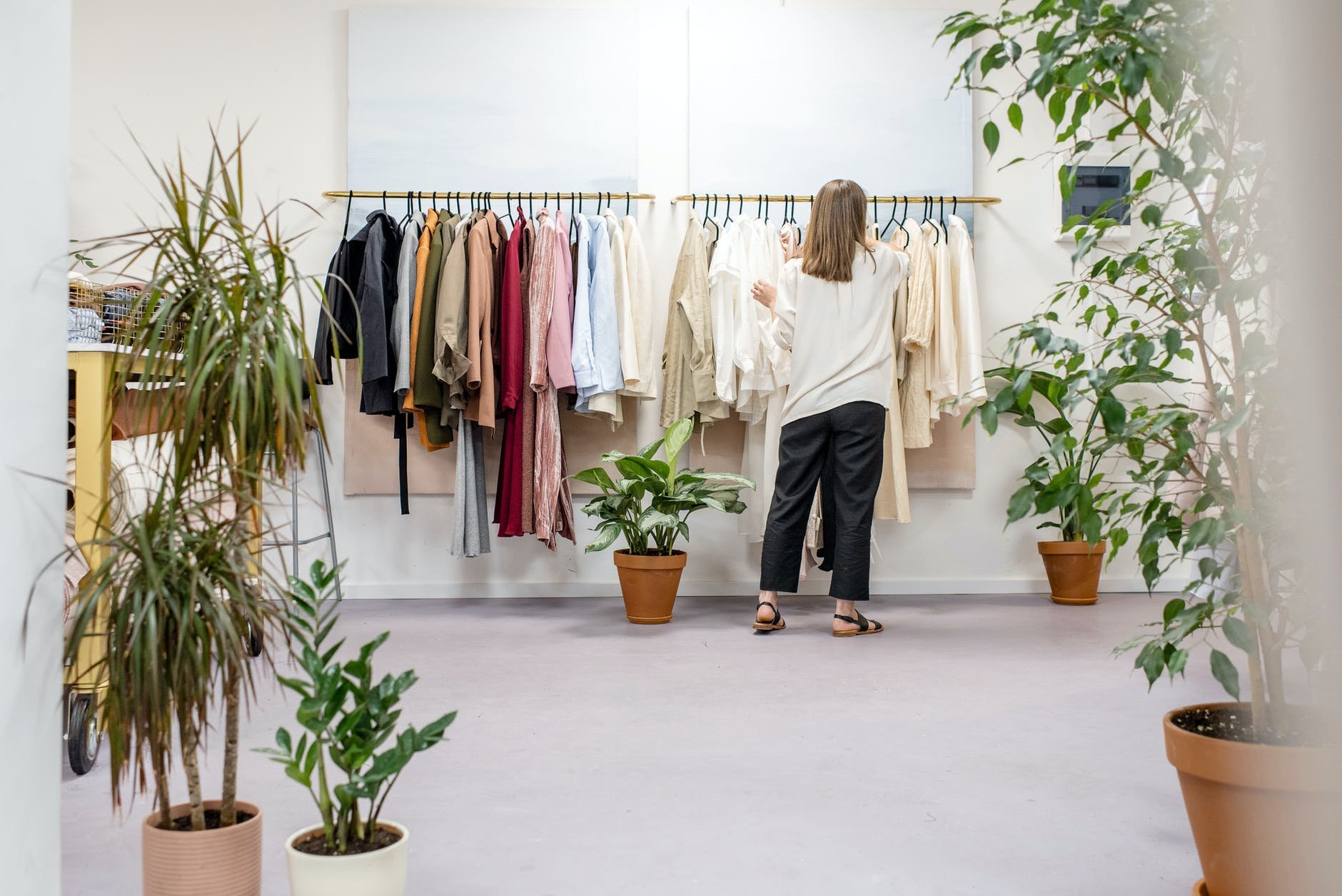Here are four other easy tips to create a sustainable wardrobe
By: Nalyn Tindall
(Ksenia Chernaya/Pexels)
There are many issues surrounding fast fashion, whether it be its environmental impact or human rights violations. Fortunately, there are many ways to combat the dangerous effects of this ever-growing industry. Thrifting — the act of purchasing gently-used items at discounted prices — is often regarded as the one and only solution.
Many of us love to thrift and are aware of the opportunity to buy clothing secondhand. According to Retail Insider, “GenZers in Canada are buying second-hand fashion 2.5 times faster than other generations.”
But thrifting isn’t the only way to increase sustainability. Below are four easy ways to shop sustainably and maintain a wardrobe that combats fast fashion.
Avoid trends
An important tip for combatting the fast fashion industry is to avoid short-lived trends. Keeping up with the latest trends leads to buying unnecessary pieces that you won't wear for long.
There’s nothing wrong with engaging in trendy fashion, but before purchasing something new, ask yourself if it's something you really love and will continue to wear once it's no longer popular.
Curate a wardrobe with pieces that can be worn in multiple outfits. By finding and tapping into your own personal style, the desire to purchase items to fulfill the latest trends inevitably decreases.
Repair and repurpose
Rather than throwing away old clothes or donating them somewhere where they may not be sold, ask yourself if you can repurpose these clothes and give them a new life. With the rise of sewing tutorials and easy clothing DIYs, there are plenty of ways you can turn an old T-shirt into a new piece. If your clothes simply have a small hole or have lost a button, make the effort to repair and mend these pieces before discarding them.
Shop high quality, less often
Fast fashion is cheap, but at what cost? Often these items are rushed or made with cheap textiles, leading to short-lived garments. Investing in a more expensive garment, when it’s well-made, is often worth it in the long run. If you have the means to invest in high-quality clothing, it’s something to consider.
This doesn't mean buying the most expensive designer pieces, but being conscious of the quality of the clothes you’re buying. Pay attention to the materials being used and the sustainability of the brands you're purchasing from.
It’s also important to properly care for the clothes you have in order to ensure they last as long as possible. By investing in and caring for high-quality clothes, you won’t need to replace pieces as often and you’ll be less likely to contribute to the pernicious fast fashion industry.
Swap with friends and family
When looking to discard old clothes, ask your friends and family if they’re interested in what you have. If they’re ready and willing, have a look at their closet to see if there’s anything to unearth and exchange. By swapping with those close to you, you’re ensuring your pieces are going to someone who will love and use them. Donating is also a great practice, but clothing swaps allow you to help friends and family and open yourself up to new garments from those you know.

